1. Amador County, California
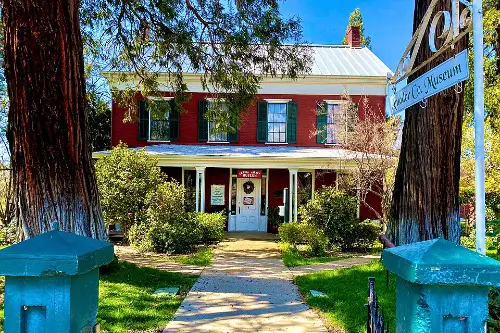
Amador County preserves a set of old laws regulating gold panning and river access that date back to the Gold Rush. They were originally intended to keep disputes between prospectors from escalating into full-blown gunfights. Today, these laws are still cited by recreational panners and even used to settle land use disputes. Some of the boundary language hasn’t changed in over 150 years.
You’d think a modern legal update would be due, but many locals resist it. The Gold Rush is their heritage, and these laws are part of that legacy. It’s a county that still lives, at least partly, in its Wild West heyday. And for some, that’s exactly how they like it.
2. Wallace County, Kansas
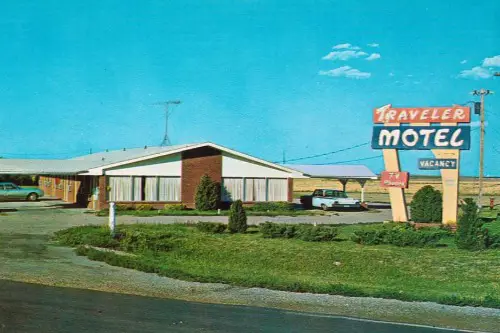
Wallace County is one of the last places in Kansas that still clings to its 19th-century prohibition roots. Local laws still restrict liquor sales in a way that feels straight out of the temperance movement. You won’t find bars or restaurants serving alcohol by the glass here, a nod to a time when saloons were seen as dens of sin. While most of the country repealed those rules ages ago, Wallace County has chosen tradition over change.
It’s not just about alcohol—it’s about a worldview frozen in time. The people here take pride in their small-town values, and for many, that includes dry Sundays and sober gatherings. Visitors often don’t realize they’re in a modern-day dry county until they ask for a drink and get a polite, “Not here.” It’s one of those places where you can actually feel the past living just beneath the surface.
3. Arrow Rock, Missouri
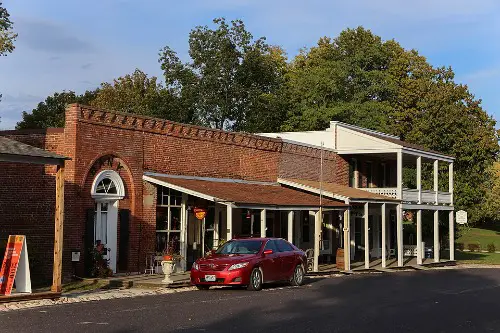
Arrow Rock is a tiny historic town where some 19th-century ordinances are still technically on the books. These include things like regulating “noisy amusements” and maintaining the town square in a way befitting the 1800s. The town was once a major stop for settlers heading west, and they’ve held onto much of that frontier charm—including the old rules. It’s not that people are being ticketed for croquet anymore, but those old codes haven’t been formally repealed.
The locals mostly treat the laws like folklore—quirky reminders of the past. But the fact that they’re still enforceable is what makes Arrow Rock such a fascinating place. It’s a living museum with real residents who navigate both the present and a dusty legal past. And if you ask nicely, someone might even show you the old ordinance books still sitting in the town office.
4. Salem, West Virginia
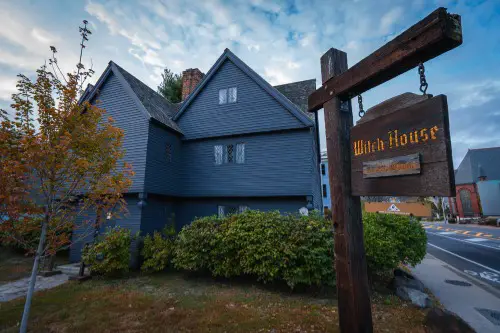
In Salem, old blue laws—laws originally written to enforce moral standards—are still part of the legal landscape. One of the strangest? It’s technically illegal to eat candy within 90 minutes of a church service. That’s the kind of law you’d expect in 1890, not in a town with smartphones and Netflix.
While it’s rarely, if ever, enforced, the rule is still in place. It reflects a time when local governments were deeply intertwined with religious practices. You can still see that old-fashioned attitude in how the town shuts down early on Sundays. It’s not about candy anymore—it’s about culture, and in Salem, that culture hasn’t changed much.
5. Nantucket County, Massachusetts

On the island of Nantucket, you’ll find a few local rules still echoing the whaling era. For example, it’s still unlawful to light a bonfire without a permit—a law passed in the 1800s to protect wooden ships and whale oil storage. Those ships are gone, but the regulations remain surprisingly intact. Local officials still issue citations using language that hasn’t changed in over a century.
There’s a deep respect for history on the island, and that extends to the way laws are maintained. Many residents like the sense of continuity it brings. It reminds them that their home was once one of the most important ports in the world. So when someone gets fined for an unauthorized beach fire, they’re technically following rules made for 19th-century whalers.
6. Owsley County, Kentucky
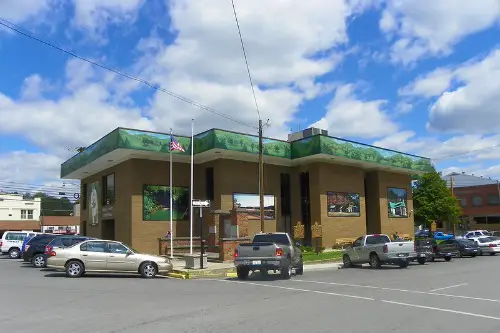
Owsley County remains one of the few places in Kentucky that never fully repealed its 1800s-era dry laws. Alcohol is banned outright, a direct holdover from when such laws were first written in response to rising alcoholism in coal towns. Even today, there’s no beer or wine for sale in stores or restaurants. The law is clear, and it’s rooted in generations of conservative tradition.
This isn’t just about legislation—it’s part of the county’s identity. Older residents proudly speak of keeping Owsley “clean” and free from temptation. Younger folks may grumble, but the political will to change it just isn’t there. In a way, it’s like the past is still voting in every local election.
7. Park County, Colorado
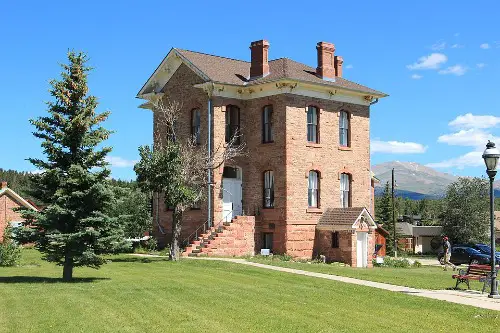
In Park County, a surprisingly large number of its land use regulations still derive from codes established in the late 1800s. Back then, the county needed strict mining and property rules to deal with the Gold Rush chaos. Today, many of those rules—especially concerning property boundaries and mineral rights—are still used to settle disputes. If you own land here, there’s a good chance your deed includes language written before cars existed.
It’s a place where old meets new in a very real way. Surveyors still refer to maps drawn up with ink pens and compasses. And in court, judges sometimes have to interpret 19th-century land-use phrasing to decide modern lawsuits. It’s legal archaeology in real time.
8. Talbot County, Maryland
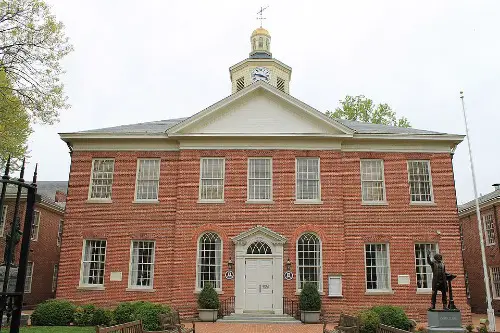
Talbot County keeps some older morality-based ordinances on the books, particularly regarding public decency and gatherings. These include outdated curfews and limits on Sunday activities—remnants of a more Puritanical past. The laws are rarely enforced today, but they’ve never been officially wiped off the books. In certain cases, law enforcement has even cited them as part of broader crackdowns on noise or public nuisance.
The town councils here tend to preserve more than they purge. Locals often treat these laws as historical curiosities, but they occasionally get invoked in unexpected ways. You might be surprised how often something as simple as a block party bumps into legal limits from 150 years ago. It’s all part of Talbot’s old-world charm—with a bit of legal whiplash.
9. Nye County, Nevada
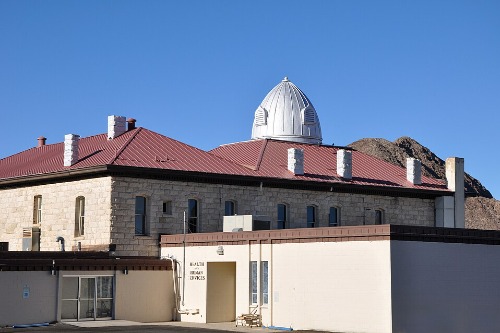
Nye County is one of the few U.S. counties where legalized prostitution is still governed by laws that trace back to the 1800s. These statutes were written when Nevada was a frontier state, and they were focused on regulating brothels, not abolishing them. While the language has been updated slightly, many of the core principles remain intact. The idea was to contain the industry, not eliminate it—something still visible in Nye’s zoning maps.
This county treats its historic brothel laws almost like sacred texts. There’s a sense that “if it worked for the miners, it’ll work now.” Local brothel owners still operate under licensing agreements rooted in original territorial codes. It’s the wild west, still running on wild west rules.
10. Jefferson County, Tennessee
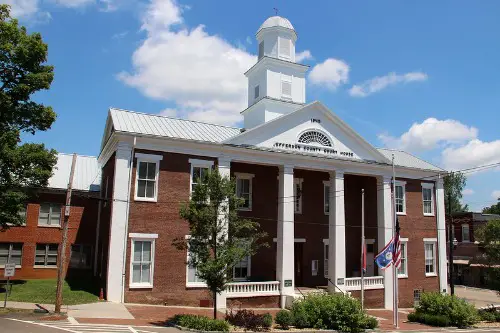
Jefferson County has never repealed some of its old livestock laws, including one that mandates every pig be fitted with a nose ring if it’s roaming. That law was introduced in the 1800s to prevent pigs from rooting up community gardens. These days, pigs aren’t a major urban menace, but the law is still technically enforceable. You might laugh, but there have been citations for animal violations under those old codes.
Locals love these bits of history, even if they’re absurd by modern standards. In a way, it reinforces the region’s rural identity. It’s also a subtle reminder that agriculture was once the driving force behind every county ordinance. You don’t need pigs in the street to appreciate how seriously they used to take them.
11. Copiah County, Mississippi
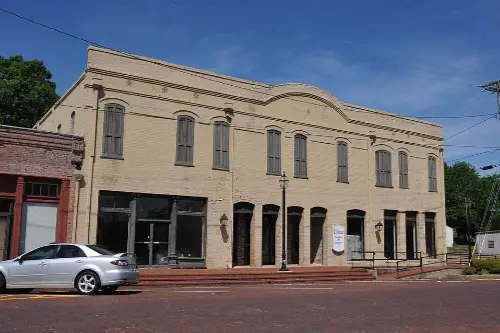
Copiah County has kept several laws from the Reconstruction era on its books, including those dealing with “vagrancy” and loitering. Originally passed to control freed Black populations post-Civil War, these laws were designed to give law enforcement vague powers. While rarely cited explicitly today, the laws still exist and occasionally re-emerge in court cases. It’s a chilling reminder of how old systems can quietly linger in modern governance.
Some advocates have pushed for the full repeal of these archaic laws. But local government often deflects, saying they’re “historical artifacts.” That may be true, but when laws can still technically be enforced, they’re more than artifacts. They’re legal shadows of a dark chapter in U.S. history.
12. Esmeralda County, Nevada
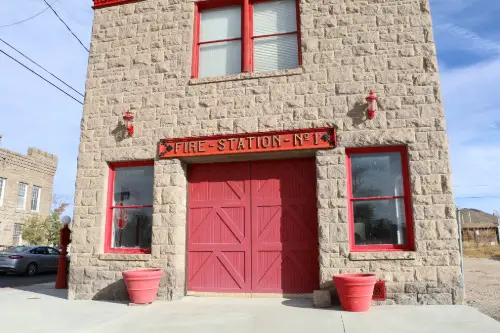
Esmeralda County still relies on mining claim laws and dispute mechanisms that were first written in the 1800s. Since mining is still active in the area, these dusty old rules aren’t just historical—they’re practical. Claims are recorded in much the same way they were during the silver boom. And disputes are settled using criteria that predate electricity in the county.
There’s a rugged consistency to how Esmeralda handles these things. Locals appreciate the continuity and the lack of bureaucratic overhauls. To them, modernizing would mean breaking something that isn’t broken. So the 19th-century mining code stays—rock hammer and all.
13. Winona Lake, Indiana

In Winona Lake, there’s an old ordinance that forbids eating ice cream on a Sunday while sitting on a sidewalk curb or at a counter. That might sound oddly specific, and it is—because it comes straight from the town’s conservative religious roots in the 1800s. It was once a bustling retreat for Christian temperance leaders, and those moral standards were codified into law. Ice cream was fine—just not if it looked like you were loitering.
The law isn’t something people think about daily, but it’s still technically in effect. Modern-day Winona Lake has changed, but remnants of those rules live on in city records. There’s something charming about a town that still has to legally define what’s decent behavior for dessert. And you have to admit—it’s a little fun knowing your sundae might be an act of mild rebellion.
This post 13 U.S. Counties That Still Enforce Laws Written in the 1800s was first published on American Charm.


